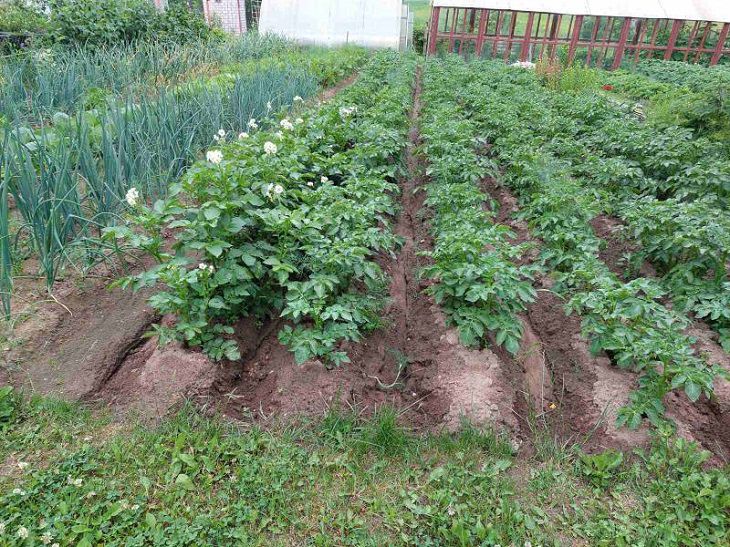Never plant these plants in the same bed to avoid losing the harvest.
Do you want to get a good harvest of vegetables in your garden?
Then you need to know which plants grow well next to each other, and which ones are better not to plant next to each other.
After all, there is a certain relationship between garden crops: they can both help and hinder each other in growing, developing and fighting pests.
The compatibility of plants in a garden bed depends on several factors.
• Nutrient requirements. Some plants are able to enrich the soil with nitrogen (for example, legumes), while others actively extract it (for example, cabbage). Therefore, it is better to plant plants with different nitrogen requirements nearby or alternate them by year.

• Release of phytoncides. These are substances that plants release to protect themselves from diseases and pests. Some phytoncides have a beneficial effect on neighboring plants, while others suppress their growth and development. For example, onions and garlic release phytoncides that repel many insects, but also suppress the growth of legumes and peas.
• Light-loving and shade-tolerant. Plants with large leaves can shade their neighbors, depriving them of light and air. Therefore, it is better to plant plants with different heights and crown shapes nearby so that they do not compete for light.
• Sowing and harvesting times. Plants with different sowing and harvesting times can complement each other well in a garden bed if you plan the planting correctly. For example, you can plant an early crop of radishes or summer onions between tomato or pepper bushes that will bear fruit later.
The right choice of neighbors.
• Cucumbers grow well with cabbage, onions, dill, carrots, beets, savory, basil and beans. But they should not be planted next to tomatoes and watermelons. Tomatoes grow well with onions, garlic, carrots, celery, parsley, basil, rhubarb and cabbage. But they should not be planted next to cucumbers, potatoes, fennel and kohlrabi.
• Potatoes are good neighbors with onions, garlic, cabbage, beans, mustard, watermelon and amaranth. But you shouldn’t plant them next to tomatoes, cucumbers, melons, pumpkins and squashes.
• Cabbage grows well next to radishes, beets, potatoes, lettuce, cucumbers, celery, onions and dill. But you shouldn’t plant it next to carrots, tomatoes, turnips, garlic and parsley.
Using this table, you will be able to plan your garden correctly and avoid unwanted influence of plants on each other. This way, you will be able to get a good harvest of vegetables without extra efforts and the use of chemicals.
